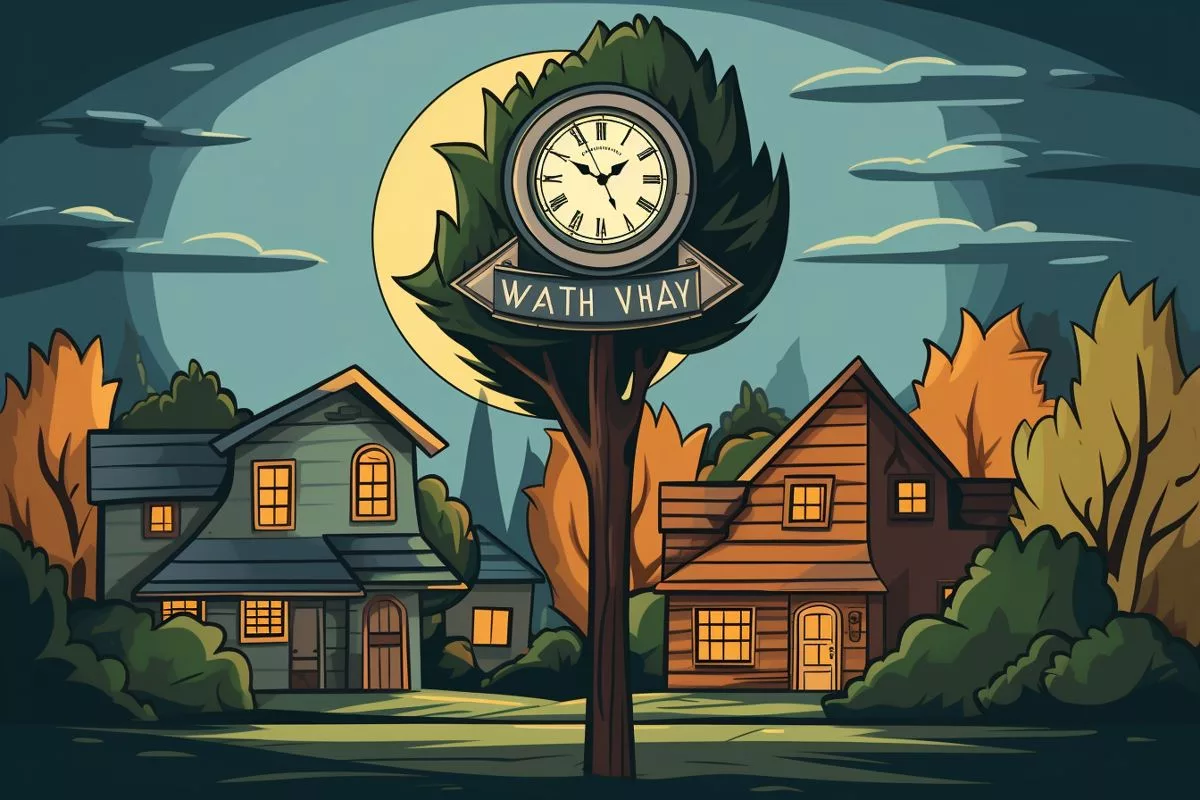Waterloo Green, a neglected property in Cape Town, hosts six historically significant structures that are now deteriorating due to neglect. Despite its prime location and potential, the property remains undeveloped and proposals from different departments have failed to materialize. Local frustration with the Department of Public Works and Infrastructure’s management of the property is palpable, reflecting missed chances in utilizing public land for significant transformation.
The Unattended Legacy of Waterloo Green: A Neglected Historical Treasure in Cape Town
Waterloo Green, a 21,000 square-meter property in Cape Town, hosts six historically significant structures that are now in a neglected state. Despite its prime location and potential, the property remains undeveloped and unused, with proposals from different departments failing to materialize. The local community and Members of Parliament have expressed frustration with the Department of Public Works and Infrastructure’s management of the property. The fate of Waterloo Green remains uncertain, reflecting missed chances in utilizing public land for significant transformation.
An Historical Treasure Tarnished by Time
In the scenic environment of Wynberg neighborhood, Cape Town, a vast piece of land steeped in history lies forgotten and deteriorating. Occupying a size equivalent to two rugby fields, Waterloo Green is a 21,000 square-meter property that hosts six historically significant structures. However, the current state of these buildings is a far cry from the glory of their past.
Dominating the scene are two once-grand residences, their former magnificence faded by time and misuse. These structures, over a century old and hence possessing a heritage status, previously accommodated the South African Police Service (SAPS). However, now they stand gutted of their electrical and plumbing systems, presenting a haunting and empty facade. The transformation of these once secure homes into places frequented by drug users has become a concern for the local community.
In close proximity to these formerly impressive homes, two additional houses are battling the ravages of neglect. Although occupied, their condition is hardly livable, and the residents seem indifferent to the historical significance of their abode.
A Tale of Contrasts: Disrepair Amidst Potential
The fifth building, a two-storey structure, manages to retain most of its original form due to the safeguarding efforts of security personnel. The last edifice, a warehouse, serves as a garage for the SAPS. Its pragmatic purpose might be the reason it has escaped the same fate as its neighbors.
The situation is made more poignant considering the property’s prime location. Encircled by three primary schools, a high school, and in the vicinity of the fashionable Chelsea Village and Maynardville Park, the property is a hidden gem with an estimated value running into tens of millions of rands.
Since 2016, the Department of Public Works and Infrastructure (DPWI) has been entrusted with the stewardship of this property. Over the years, numerous proposals from different departments have been made for its utilization. The military hospital doctors from the Department of Defence have shown interest in using it as a residence, while the Department of Justice has considered one of the buildings for office use due to the close presence of a magistrate’s court. The property’s strategic location and potential have also led schools to suggest its conversion into a parking area.
Promises Unkept: A Crescendo of Public Frustration
However, despite its latent potential, Waterloo Green lingers in a neglected state, a shadow of its erstwhile grandeur. Penny Penxa of the DPWI, during her presentation to the Portfolio Committee on Public Works and Infrastructure, termed the buildings as ‘invaded’ and acknowledged that ‘decay had set in’ well before 2016. Her apologies for the deterioration under the DPWI’s supervision, however, can hardly mollify the local community’s palpable annoyance. They have submitted a petition demanding the demolition of the two dilapidated houses and accountability from the DPWI.
This public sentiment is shared by Members of Parliament who expressed dissatisfaction with the DPWI’s management. Their criticisms vary from the department’s absence of a precise timeline to rectify the situation, to its failure to provide obligatory written presentations to the committee. Even though DPWI deputy minister Bernice Swarts promised a written submission within a week and vowed to find a solution, skepticism prevails.
The ongoing saga of Waterloo Green is more than just a story of neglected buildings. It serves as a sobering reminder of missed chances in utilizing public land for significant transformation. As Nick Budlender, a researcher from housing advocacy group Ndifuna Ukwazi, aptly stated, the negligence reflects not just administrative oversight but also the government’s reluctance and inability to shape cities that are fair, efficient, and sustainable.
The fate of Waterloo Green is an unfolding story, its resolution anticipated by locals and observers. The property continues to rot as opportunities are squandered. One can only hope for a resolution that embodies a firm pledge to restoration, transforming this symbol of neglect into a beacon of revitalization and progress.
1. What is Waterloo Green?
Waterloo Green is a neglected 21,000 square-meter property in Cape Town that hosts six historically significant structures, including two once-grand residences, two additional houses, a two-storey structure, and a warehouse.
2. What is the current state of the buildings on Waterloo Green?
The buildings on Waterloo Green are in a deteriorating state due to neglect and misuse. Two of the buildings, which are over a century old and have heritage status, were previously occupied by the South African Police Service but are now gutted of their electrical and plumbing systems and frequented by drug users. The other buildings are battling the ravages of neglect, and their condition is hardly livable.
3. What is the potential of Waterloo Green?
Waterloo Green is located in a prime location, encircled by three primary schools, a high school, and in the vicinity of the fashionable Chelsea Village and Maynardville Park. The property has an estimated value running into tens of millions of rands.
4. Who is responsible for the stewardship of Waterloo Green?
Since 2016, the Department of Public Works and Infrastructure (DPWI) has been entrusted with the stewardship of Waterloo Green.
5. What proposals have been made for the utilization of Waterloo Green?
Numerous proposals from different departments have been made for the utilization of Waterloo Green. The military hospital doctors from the Department of Defence have shown interest in using it as a residence, while the Department of Justice has considered one of the buildings for office use due to the close presence of a magistrate’s court. Schools have also suggested its conversion into a parking area.
6. What is the public sentiment regarding the management of Waterloo Green?
The local community and Members of Parliament have expressed frustration with the DPWI’s management of Waterloo Green. The buildings are in a neglected state, and the DPWI has failed to materialize proposals for its utilization, leading to missed chances in utilizing public land for significant transformation.








